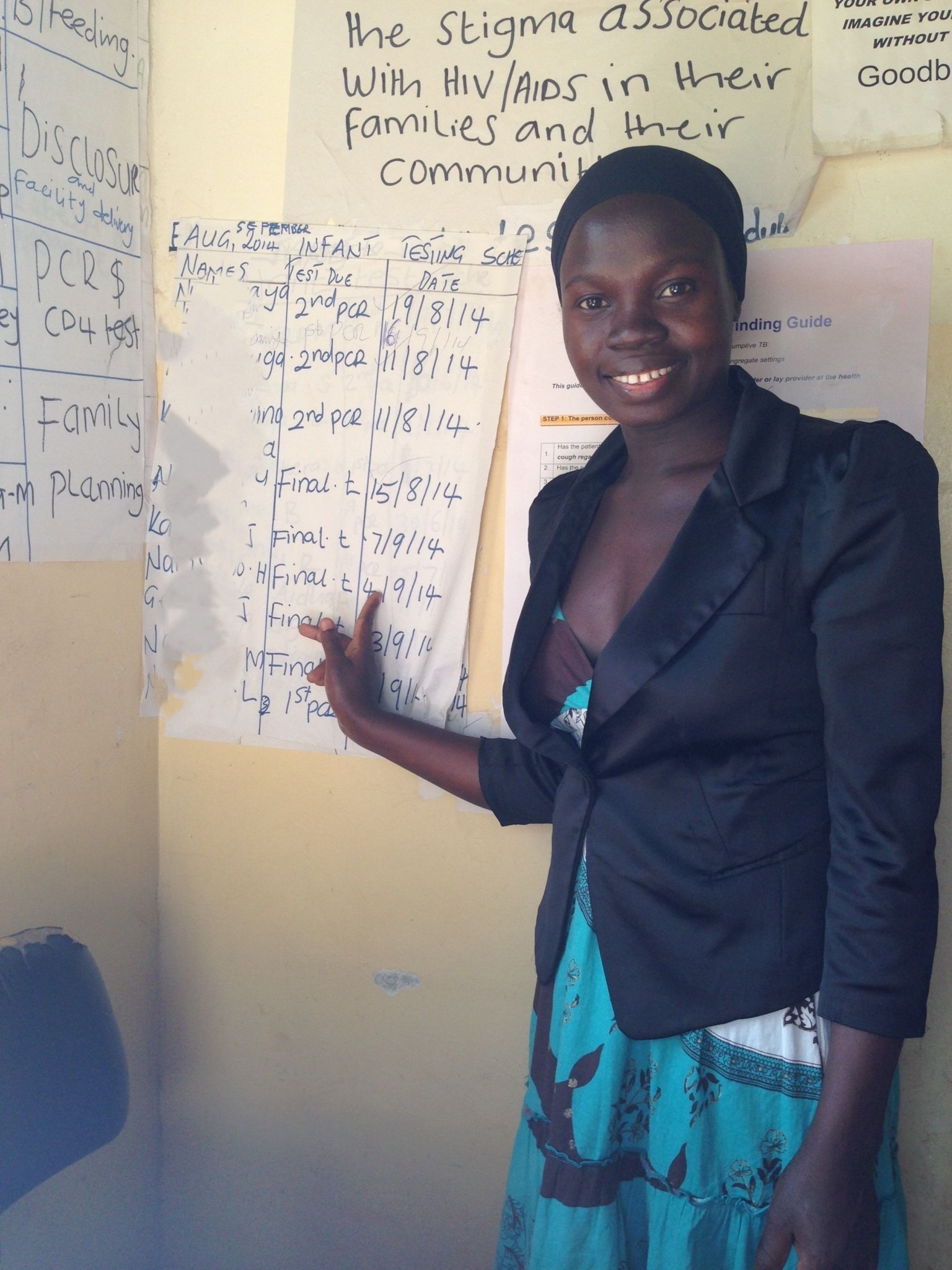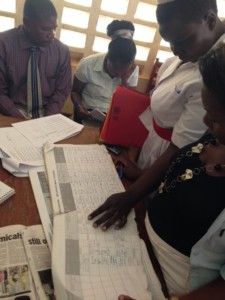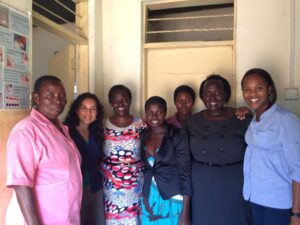Empowering women health care workers through quality improvement
By: Taroub Harb Faramand, President of WI-HER, LLC and Senior Gender Technical Advisor on the USAID ASSIST Project
Nothing gives me more pleasure than talking to my colleagues in the field and knowing that the health workers we trained are doing excellent work on their own without our support. I spoke with my colleague Joyce Draru from Uganda this morning and she told me that the quality improvement team at the Ivukula health center in Namutumba District in Eastern Uganda are still addressing the gender issues and gaps affecting their programs as an integral component of the quality improvement process. She also informed me that one of our star health workers in that facility is still leading gender integration in other facilities and scaling the approach to facilities that had not received any technical assistance from ASSIST.
The USAID Applying Science to Strengthen and Improve Systems (ASSIST) Project uses a holistic approach to gender integration in health care quality improvement. ASSIST partner WI-HER, LLC developed an innovative and effective six-step approach to help ASSIST teams integrate gender into improvement activities to identify and close gender-related gaps in health care access, utilization, retention, and adherence. We integrate gender in quality improvement (QI) to improve QI activities, and also apply QI to gender equality activities to improve gender equality and women’s empowerment. ASSIST gender specialists work with in-country staff to build their capacity to systematically recognize and address gender issues in program design, implementation, and evaluation.

Ms. Shanifa, currently leading QI and gender integration work in the Namutumba District of Eastern Uganda, is a prime example of this. She was working at a clinic when ASSIST started supporting it in February 2013. When clinic staff nominated people to their QI team, they asked her to be the team leader because she was widely respected for her leadership skills and commitment to her clients. The entire QI team received training and support from ASSIST in QI and how to integrate gender in QI. In addition to this support, Ms. Shanifa also received support to build her leadership and management skills, as the team leader. And as the team leader, she was given the opportunity to show her leadership and management skills—in a way that she would otherwise not have been able to show.
Ms. Shanifa excelled, and the district health officer recognized her leadership potential. He decided to give her more responsibility and made her responsible for bringing QI and gender integration knowledge to other clinics in the district. She then trained other clinics in both, worked with their improvement teams to guide them through the improvement process start up and testing changes, and presented on results and challenges to share knowledge and learning with other facilities and districts during learning sessions. She became integral to scaling up gender-sensitive QI to neighboring facilities. Because of this opportunity to develop and show her skills in leadership, management, QI, and gender integration, Ms. Shanifa was then promoted and became a district-level quality improvement coach.
This type of capacity building is one of our main goals in ASSIST. By empowering health professionals like Ms. Shanifa with information, training, and the ability to identify problems as well as solutions, we support health workers all over the world. Most of the health professionals we work with are women—nurses, community health workers, and mentor mothers. (Mentor mothers are expert patients who are often part of QI teams and serve as links between the health clinic and mothers the community, especially in maternal and child health activities.) By engaging women in QI and valuing them as participants equal to men, we also support self-empowerment that can reach beyond QI activities into their personal lives. This is especially true for community health workers and mentor mothers, whose participation in QI teams often provides extra cache and respect in their communities. However, we are always aware of the additional burden that voluntary QI work adds to these women and its potential to cause problems.
In addition to empowering women in various ways, we also use QI in maternal and child health activities to empower men to support their female partners and children. At Ms. Shanifa’s clinic in Uganda, the improvement team tested many changes to increase male partner involvement as a way to improve retention of mother-baby pairs. They were successful both in improving retention of mother-baby pairs (keeping it at 100% for a year), and engaging male partners. Though gender norms sometimes keep men from engaging in maternal and child health, Ms. Shanifa explained, “Men became so engaged in their babies’ health that if the nurse or the midwife would miss performing any of the follow-up items, that fathers would ask why—and they demand a good service.”
Women’s empowerment is key to gender equality, but so is engaging men. Since women are part of families, communities, and societies, our empowerment also rests in some part on those families, communities, and societies. By integrating gender in improvement activities and engaging women, men, girls, and boys, we support both women’s empowerment and gender equality.

